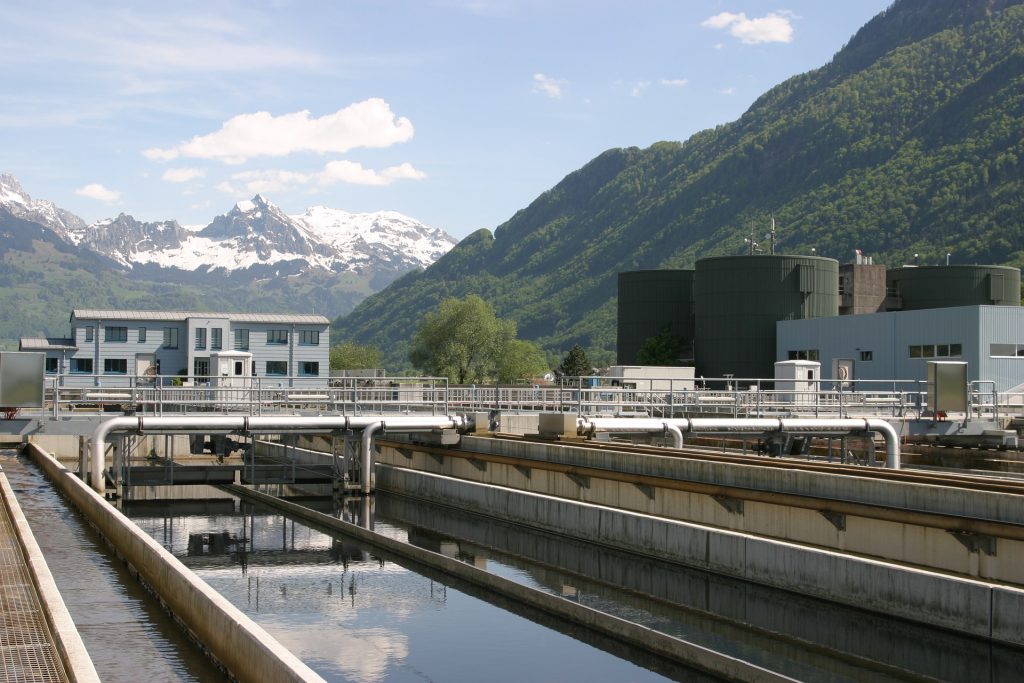Water desalination is a process that involves removing salt from water, usually by using electricity to power desalination membranes. To desalinize seawater, you have to evaporate the water and collect the resulting vapor. The desalinization process has been used for centuries in certain parts of the world where freshwater sources are limited or nonexistent.
Desalination provides clean drinking water without having access to freshwater resources such as lakes or rivers. However, desalinating seawater can be energy-intensive and expensive.
Water desalination and water treatment are similar but not the same. The process of desalinizing water is often referred to as “distilling,” which isn’t accurate because desalinating seawater involves evaporation rather than boiling. Water treatment companies have several different processes for getting rid of contaminants in drinking water, including reverse osmosis (RO), ultra-filtration, softening, and ultraviolet light disinfection – this article will focus on how these methods work!
Reverse Osmosis desalinates water by pushing it through a membrane that allows pure water to pass but not salt ions.
Reverse Osmosis is the most common type of desalination. It’s used in many large desalination plants. It can be done at home, though the equipment needed would be expensive for individual use.
The process works by pushing contaminated water under pressure through a semi-permeable membrane that only allows clean water molecules to go through – this leaves contaminants behind as waste (also called brine). To put RO into perspective, about 70% of desalted seawater ends up being rejected as “brine” because it still has too many dissolved solids like sodium chloride, calcium carbonate, and magnesium sulfate.
Reverse osmosis desalination is the most common form of desalination because it’s very efficient at removing salt from water while also recovering a high percentage as fresh drinking water. This process allows for greater desalted output compared to other methods like thermal desalination or multi-stage flash desalting. Reverse Osmosis (RO) uses more energy than Thermal Desalting or Multi-Stage Flash Distillation; however, it recovers up to 90% of the feed stream by converting brine into usable product water via RO membranes that create pressure through an electrical pump powered either by photovoltaic solar cells or grid electricity supply.
Multi-Stage Flash (MSF) desalination is a process that uses multiple flash stages to desalt seawater.
Multi-Effect Distillation (MED) desalination works by boiling water in the first effect and condensing it into steam at an elevated pressure, which takes less energy than traditional evaporation techniques.
The most common thermal desalting method is Multi-Stage Flash Distillation (MSF). In this process, high-pressure pumps feed seawater through heat exchangers. It vaporizes until its different physical properties separate its components, freshwater being lighter and colder than saltwater brine. The resulting pure liquid flows on while the leftover concentrated brine sinks below for disposal or further treatment as required.
Desalination and water treatment companies are two different processes. Desalination is the process of desalinizing brackish or seawater into fresh water for drinking purposes. In contrast, water treatment deals with purifying polluted sources of fresh water to make it fit for consumption by humans. Is crucial to know this when looking for desalination and water treatment companies.





